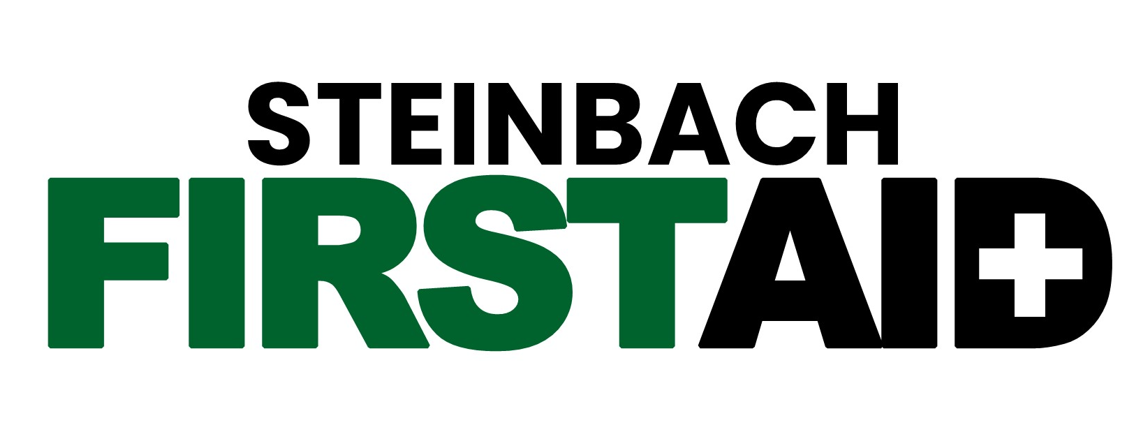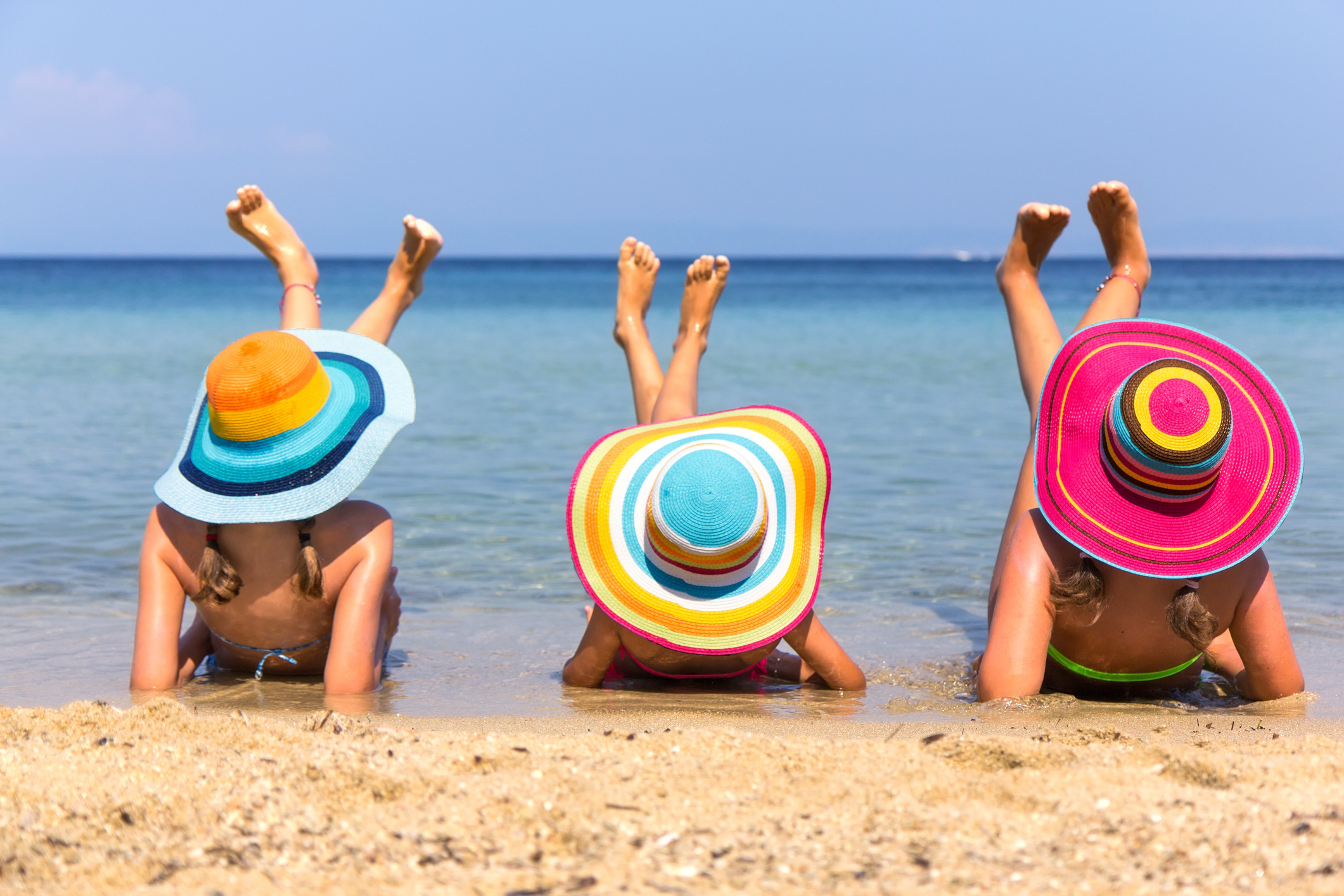Sunburn (also called erythema) is caused by overexposure to ultraviolet radiation (UV rays). While the erythema symptoms are usually temporary (like red skin that is painful to the touch), skin damage is cumulative throughout a person’s life and can develop into serious long-term health effects, including skin cancer.
Mild sunburn results in skin irritation and redness and can be safely treated at home. Severe sunburn requires medical attention. The first signs of a sunburn may not appear for a few hours. The full effect to your skin may not appear for 24 hours or longer.
Symptoms
Possible symptoms of sunburn include:
- red, tender skin that is warm or sensitive to the touch.
- blisters that develop hours or days later.
- severe reactions (also called “sun poisoning”), including fever, chills, nausea, or rash.
- peeling skin on sunburned areas several days after the sunburn.
Possible symptoms of heat illness include:
- dizziness or fainting,
- nausea or vomiting.
- headache.
- rapid breathing and heartbeat.
- extreme thirst (dry mouth or sticky saliva).
- decreased urination with unusually dark yellow urine.
- changes of behaviour in children (like sleepiness or temper tantrums).
Safety Tips
What to do if someone gets a sunburn:
- Immediately remove the person from the sun.
- Place the person in a cool (not cold) shower or bath, or apply cool compresses several times a day. Do not wash burned skin with harsh soap.
- Avoid creams or lotions that may hold heat inside the skin or may contain numbing medication (i.e. benzocaine or lidocaine). Aloe gel can be used.
- Offer the person extra fluids for the next two to three days.
- If needed to relieve pain, give the person ibuprofen or acetaminophen, as directed. Do not give aspirin to children.
- Make certain all sunburned areas are fully covered to protect the person from further sun exposure.
Get immediate medical attention if the person has:
- sunburn that forms blisters or is extremely painful.
- facial swelling.
- nausea, fever or severe chills.
- pale, clammy or cool skin.
- rapid pulse or rapid breathing.
- headache, confusion or a feeling of faintness or dizziness.
- signs of dehydration (increased thirst, dry eyes and mouth, no urine output).
- signs of skin infection (increasing redness, warmth, pain, swelling, or pus).
- eyes that hurt and are sensitive to light.
What to do if someone gets heat illness:
If you have any heat illness symptoms during extreme heat, move to a cool place and drink liquids right away. Water is best.
Heat stroke is a medical emergency!
Call 911 or your local emergency number immediately if you are caring for someone who has a high body temperature and is either unconscious, confused or has stopped sweating.
While waiting for help – cool the person right away:
- Move them to a cool place, if you can.
- Apply cold water to large areas of their skin or clothing.
- Fan the person as much as possible.
Remember
- The best treatment for sunburn is prevention.
- There is no such thing as a “healthy tan.” Unprotected sun exposure causes skin and eye damage, premature aging of the skin, and a weakened immune system.
- Skin cancer usually appears in adulthood, but can be caused by excessive sun exposure and sunburns in childhood. You can help prevent skin cancer by protecting your skin and your children’s skin from the harmful rays of the sun.
Credit: canada.ca

